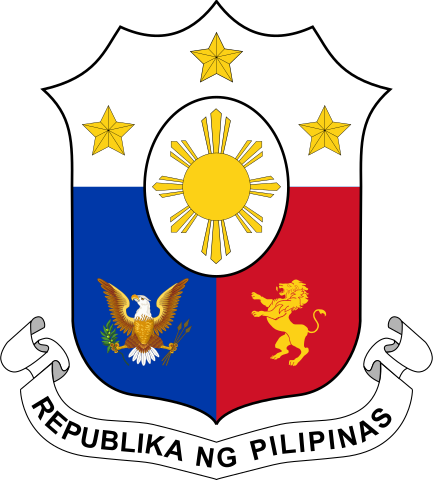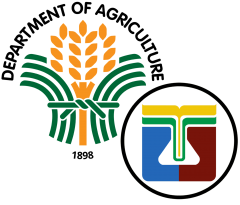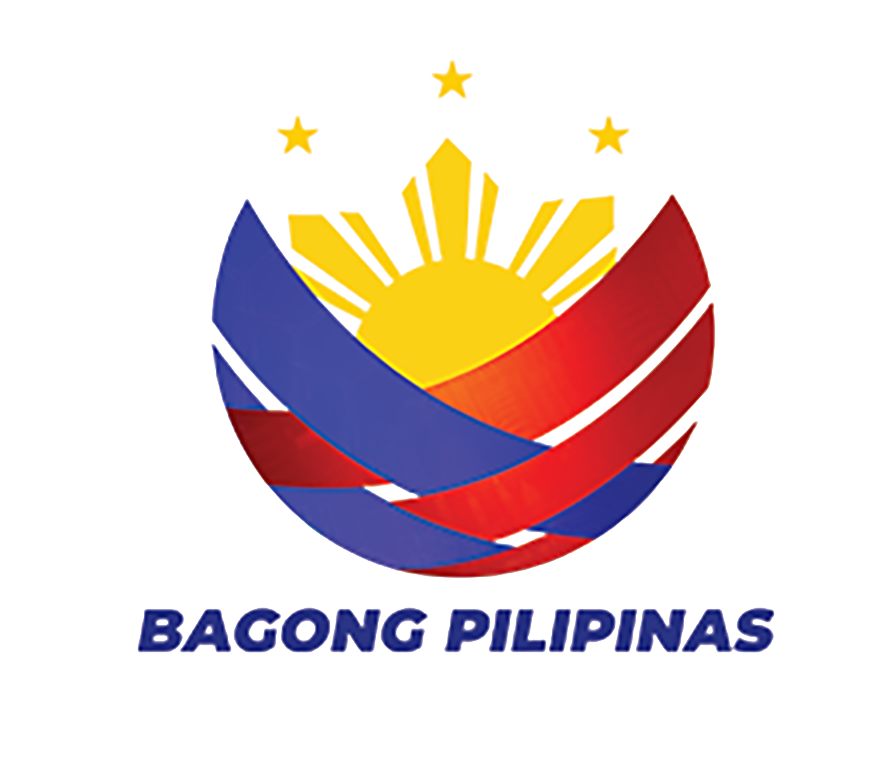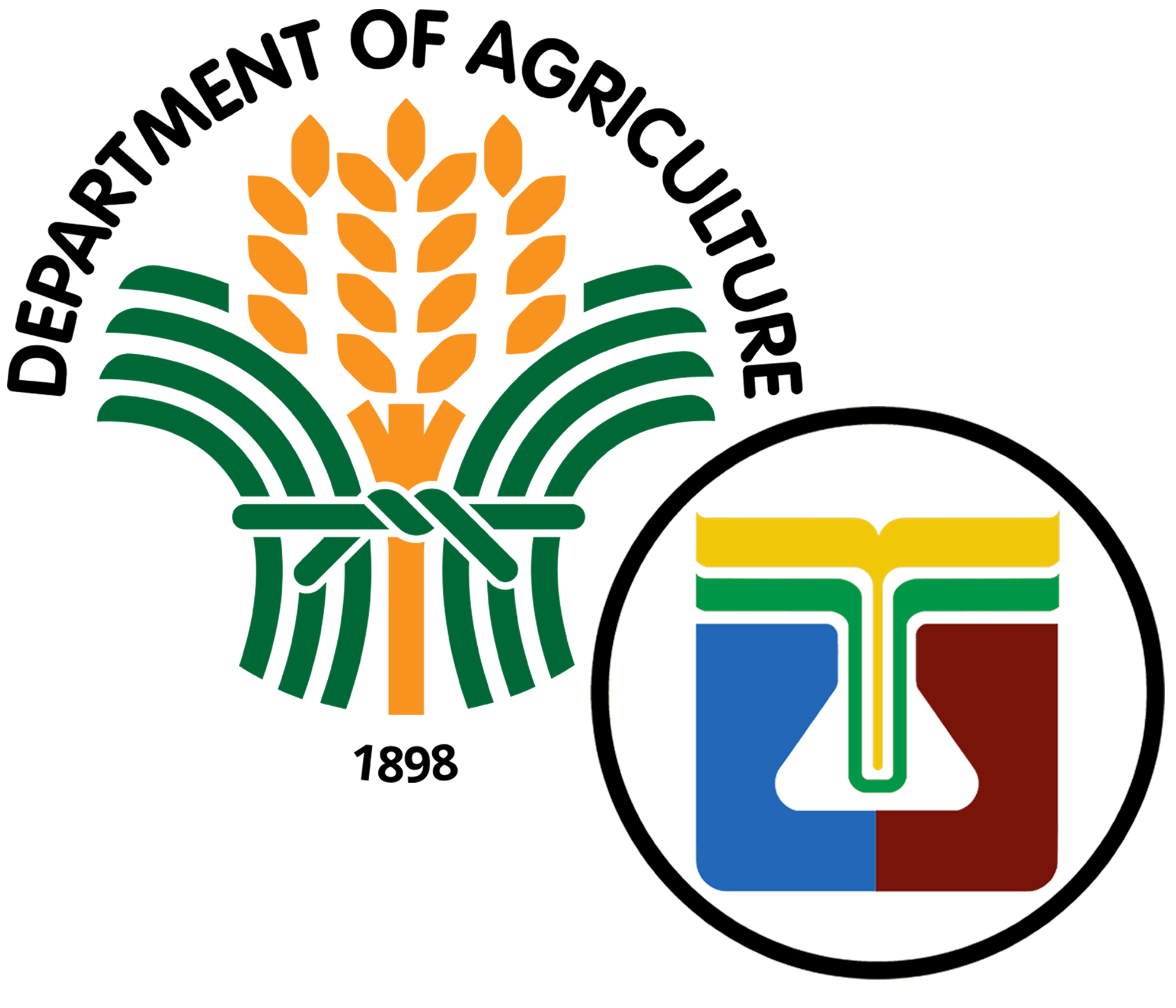Groundwater is one of nature’s most valuable and inseparable resources for life on earth. It is one of the most important and widely available resources. Vast quantities of water exist in the cracks, crevices and pore spaces of rock and soil. They are almost everywhere beneath Earth’s surface and a major source of irrigation. Groundwater is a vital natural resource essential to the vitality of industry and agriculture. As development progresses, large scale groundwater extraction has become apparent and has caused groundwater levels to decline resulting in water shortages, streamflow depletion, land subsidence, contamination by saltwater and increased pumping cost.
Groundwater utilization as a source of fresh water supply for various purposes in discharge area shows an increasing trend. This leads to the growing demand for groundwater extraction which makes groundwater assessment more desirable as a preliminary investigative tool to the establishment of exploratory well or drilling to avoid multiple drill sites in the absence of a good aquifer.
To meet its needs, many people rely on land-based exploration and exploitation. Groundwater exploration requires appropriate and efficient techniques. One commonly used method is the electrical resistivity method since, it is efficient and economical to determine groundwater. The geoelectric resistivity method is considered to be the most suitable and efficient method for groundwater exploration. It is based on the concept of subsurface determination, which can yield useful information on the structure, composition and water content of the soil. The same resistivity data can be used to identify and describe subsurface features such as the presence and type of aquifers, contaminated groundwater, and sediment size distribution.
The Bureau of Soils and Water Management of the Department of Agriculture through the Water Resources Management Division (WRMD) is conducting geo-resistivity survey upon the request of its customers. The Survey Team is headed by Engr. Florante T. Bande with Engr. Laila V. De La Cruz and Engr. Dember M. Nidoy as members.
For the month of January to September, 14 sites were surveyed in the provinces of Pangasinan, Bulacan, Quezon, Laguna, Occidental Mindoro, Rizal and South Cotabato. In the survey conducted, a software was used to analyze and evaluate the results of the data gathered. Geo-resistivity analysis is a method of determining the different resistivity values of varying subsurface to confirm the presence of groundwater in an area. Seven (7) out of fourteen (14) sites were identified with good aquifers. The other seven (7) sites have no potential for groundwater development.
It must be noted that electrical geo-resistivity survey is a mere indicative tool to determine the availability of saturated strata as preliminary investigation for groundwater assessment. To physically validate the result of the geo-resistivity analysis, an exploratory well must be established.
The BSWM under the leadership of OIC-Director Sonia M. Salguero acknowledges Engr. Teresita M. Sandoval, Chief of WRMD, Engr. Florante T. Bande, Engr Laila V. DeLa Cruz and Engr. Dember M. Nidoy for this undertaking.



